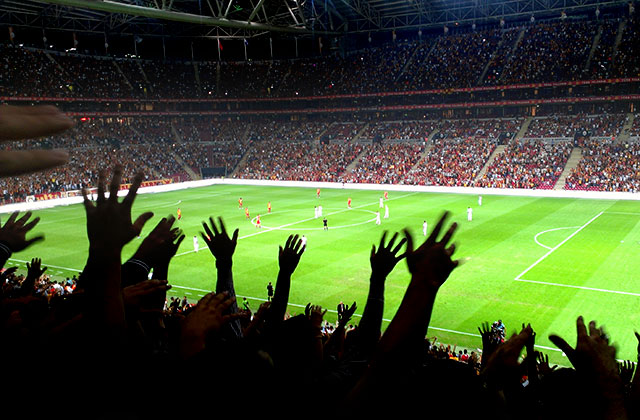With the economy going the way it is it could be tough to find a place in the team for next year’s tournament, but you’re too late for the 2012 Homeless World Cup (HWC) which took place in three custom-built street soccer stadiums in the Plaza de la Constitución in Mexico City earlier this month. The men’s final seeing Chile defeat the host Mexicans 8-5, although Mexico did having something to celebrate in the women’s final as they defeated Brazil 6-2.
The competition was the tenth one to take place since it was founded by Mel Young from Scotland, who co-founded The Big Issue in 1993, and Harald Schmied from Austria, who was chief editor of Megaphon, a street-paper in his home country, who both came up with the idea at a homelessness conference in Cape Town in 2001, the first tournament then taking place in Graz, Austria in 2003 with both men believing that it was possible to change the lives of homeless people through their love for football.
HWC President Young though frustrated by the lack of coverage of the competition in his home United Kingdom as he commented: "The media attention in the UK has been extremely disappointing, compared to the rest of the world. And I have to question their understanding of what it's all about. This is thetenth year we have organised this tournament and on the first weekend alone, we had over 50,000 spectators – more than just about any match in the English Premier League. There has been a lot of talk about legacy since the Olympics, and rightly so, and I think it's about time the media played their part in supporting this event, which is not just a fiesta of football but a once-in-a-lifetime experience that transforms the lives of many players – the poorest of the poor around the world.”
As far as player eligibility is concerned for the poorest of the poor, the rules on the HWC website read: Each player must have been homeless at some point after the previous tournament in accordance with the national definition of homelessness. Alternatively, they make their main income as a street paper vendor; or are asylum seekers; or are currently in drug or alcohol rehabilitation and have been homeless at some point in the past two years. Players can participate in only one edition of the football event. There is the option to remain involved by applying to take on an assistant coaching role when available.
The rules of the game itself consist of four-a-side, featuring one goalkeeper and three outfield players (with eight players in the squad in total), in a match played over fourteen minutes in two halves, with the pitch being 22 metres long by 16 metres wide. I’m afraid if Jimmy Glass or Peter Keen were ever to play then their goalscoring exploits wouldn’t be any use though as goalkeepers are not permitted to score, while they must also not leave their penalty area and they must throw the ball out underarm, a good game for Trevor Chappell to play then perhaps.
So, as far as the action itself was concerned I’m afraid that England’s women’s team only finished tenth out of twelve teams after defeating the United States 7-2 in a play-off match. Into the men’s tournament then and neither England, Scotland or Wales made it through to the final eight team trophy round, with Wales losing 6-5 to Peru in a plate cup final, while Scotland gave England a 9-3 thrashing in a play-off for fifth place in a different plate competition, Scotland themselves having hosted the 2005 tournament in Edinburgh, in which they lost to Italy at the semi-finals.
The main thing though is what has been talked about a lot after the London Olympics, that being legacy, and what happens to the players after the tournament ends. Scotland’s David Duke who played in Edinburgh seven years ago, putting it this way: "The Homeless World Cup was the rope that allowed me to pull myself out of a very dark hole. It helped me and now I can help others. When homeless people say to me I can't change, I say yes you can. I did. So can you."
